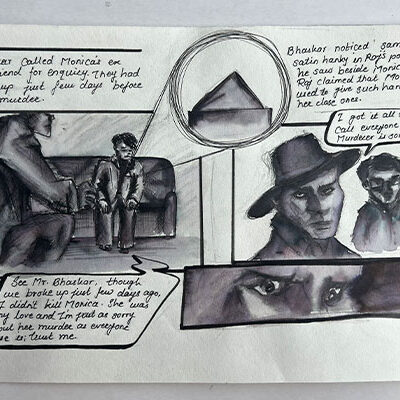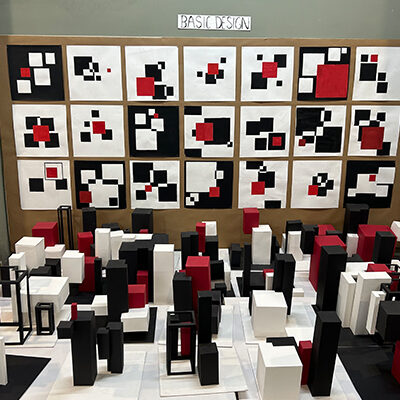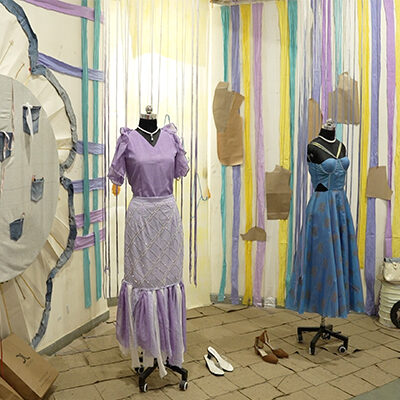M.Des in UI-UX Design
Embark on a transformative journey into the realm of digital experiences with our Master of Design in UI-UX Design Program (M.Design in UI-UX Design). Tailored for aspiring UI-UX Designers, our Masters in UI-UX Design Program offers a comprehensive curriculum blending design theory, user research, and cutting-edge technology. Through hands-on projects, industry collaborations, and immersive workshops, students hone their skills in crafting intuitive interfaces and engaging user experiences across various digital platforms. From wireframing to prototyping, students delve into the intricacies of user-centric design methodologies, equipping themselves with the expertise to create seamless and impactful digital products. Join us and unleash your creativity, shaping the future of user experience design as a versatile and innovative UI-UX designer.
What you must learn to become a UI-UX Designer?

To become a proficient UI-UX Designer, you must learn a diverse set of skills encompassing both design principles and technical proficiencies. Firstly, understanding user psychology and behaviour is crucial, as it forms the foundation of creating intuitive and user-friendly interfaces. Mastery of Design Tools such as Sketch, Adobe XD, or Figma is essential for translating design concepts into interactive prototypes. Proficiency in wireframing, prototyping, and user testing methodologies is vital for iterating and refining designs based on user feedback. Additionally, knowledge of front-end development languages like HTML, CSS, and JavaScript can enhance your ability to collaborate effectively with development teams and bring your designs to life. Familiarity with accessibility standards and responsive design principles ensures inclusivity and usability across diverse user demographics and devices. Moreover, staying updated on emerging design trends, industry best practices, and evolving technologies is indispensable for remaining competitive and innovative in the dynamic field of UI-UX(User Interface and User Experience) Design.
Key Learning Areas
1. Design Fundamentals: Learn design principles, colour theory, and typography.
2. User Research and Analysis: Use thorough research approaches to better understand user behavior and preferences.
3. Information Architecture: Learn how to efficiently organise and structure information for best user interaction.
4. Wireframing and Prototyping: Learn how to create wireframes and interactive prototypes with industry-standard tools.
5. Visual Design: Develop your talents in producing visually appealing interfaces that meet user expectations.
6. User Testing and Evaluation: Use user testing approaches to improve designs based on input.
7. Responsive Design: Master the art of creating interfaces that adapt effortlessly to different screen sizes and devices, guaranteeing a consistent and delightful user experience across platforms.
8. Design Thinking: Develop a human-centered approach to issue solving by applying design thinking approaches to empathies with users, define problems, brainstorm solutions, prototype, and test.
9. Usability Principles: Learn about usability, accessibility, and inclusivity to create designs that cater to a wide range of user demands and demographics.
10. A/B Testing: Learn about A/B testing and user analytics, which may help you make data-driven design decisions and consistently enhance user experiences.
Career Paths
- UI/UX Designer
- Interaction Designer
- Usability Analyst
- Data Visualization Designer
- Gaming UX Designer
- Innovation and Design Strategist
- Social Media UX Designer
- Product Designer







